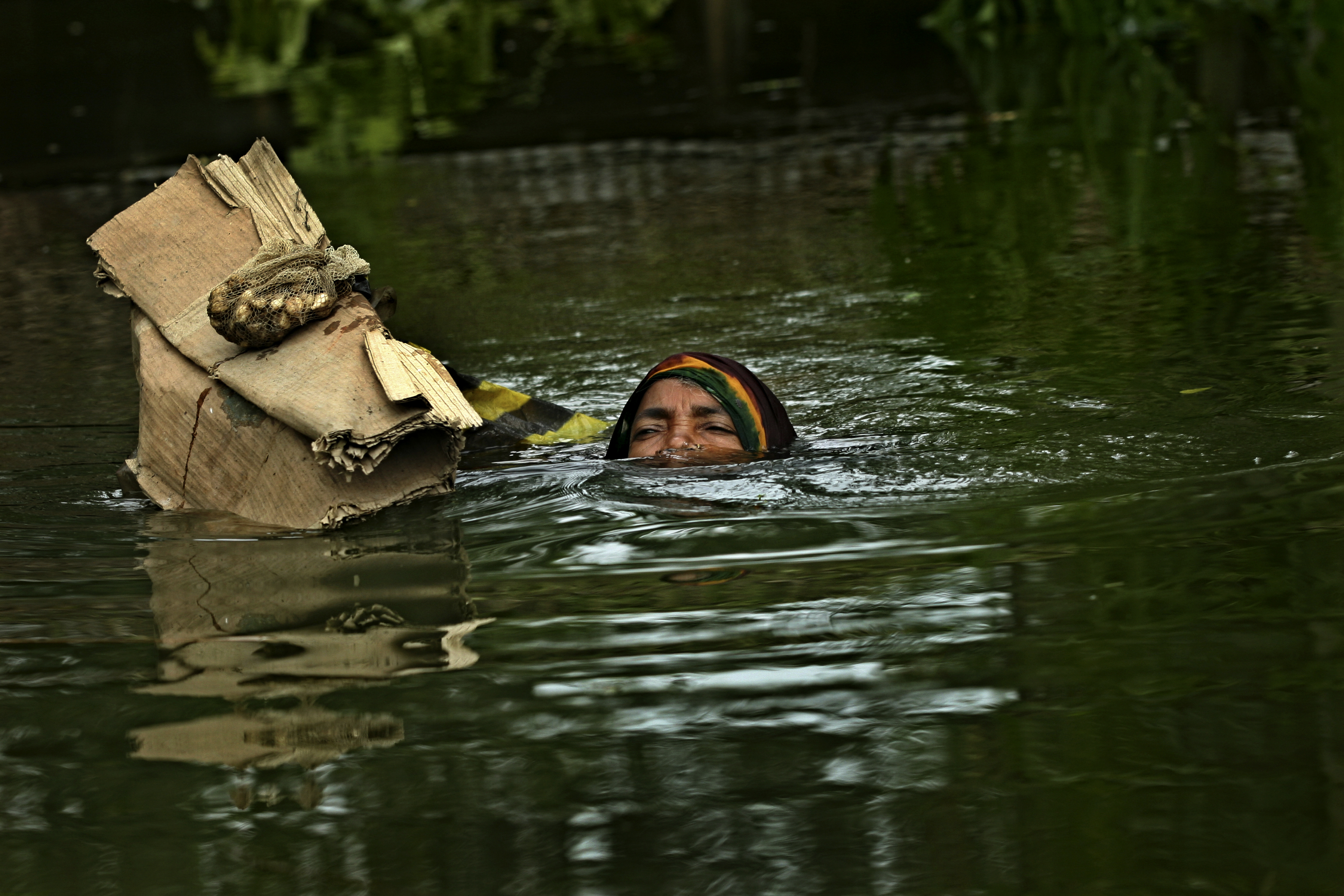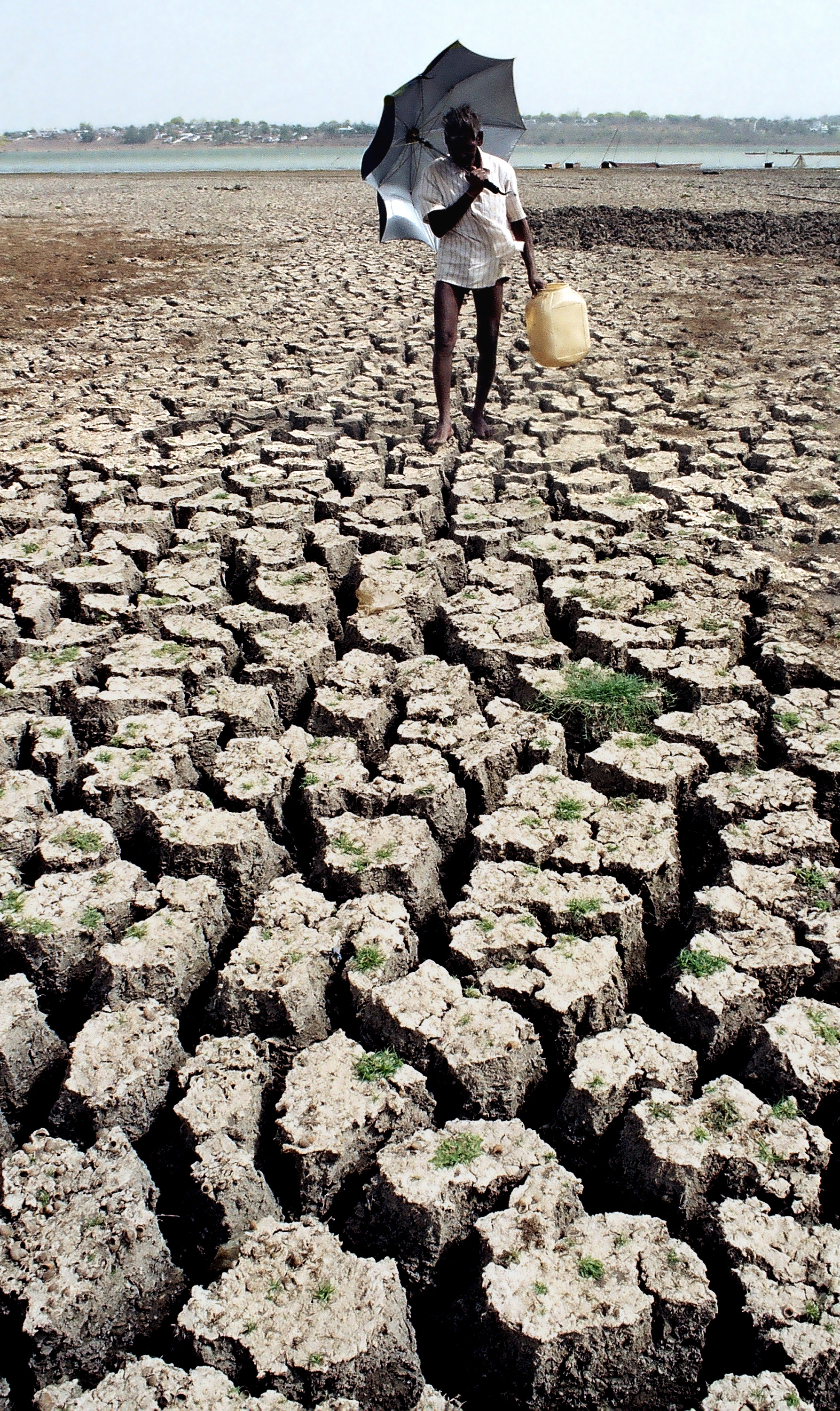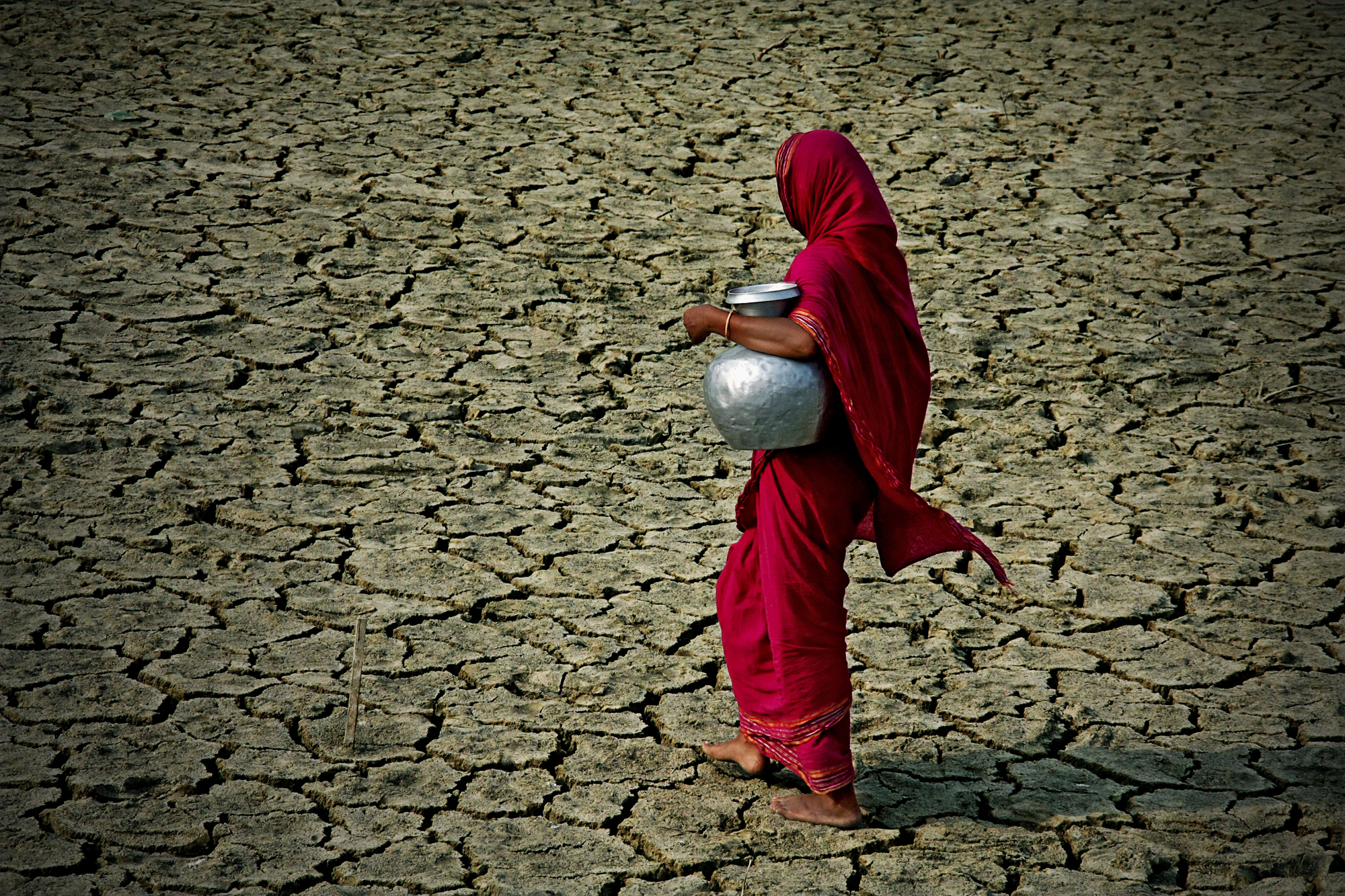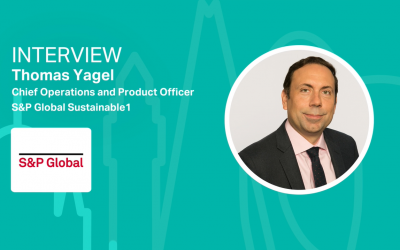Water infrastructure challenges and opportunities
Benedito Braga, President of the World Water Council (WWC), describes how climate change is affecting the natural water cycle and points out the necessity for water infrastructure adaptation and finance.
With everybody talking about climate change in the hottest year on record, it is easy to get the impression that the sky is falling. And it is easy to forget that it is only rain that falls on our heads. This rain gives humanity the water we depend on: to drink, but also to grow food and produce energy, to stay clean and healthy, and much more. As climate change scientists predict, the gift of gentle rain will not be something we can depend on. The sky will not fall, but the rain might come down harder – or not at all.
Understanding the problem of climate change requires an understanding of how water is distributed on the planet, and how it impacts all aspects of our lives. Only 2 per cent of the world’s water is fresh, not salty. Of that, less than 0.05 per cent is in the atmosphere at any given time as vapour, clouds, rain or snow. Yet this tiny portion is critical, as it drives the water cycle and brings fresh water to the world. The overall effect of climate change is an intensification of the water cycle, causing more extreme floods and droughts, and hampering many people’s resilience – mostly in the less developed countries. This global shift is affecting the distribution of water across the planet, threatening to fundamentally disrupt our water security.

The impacts of this disruption cannot be predicted with confidence by current models, because it is not just about how precipitation will change – it is also about how we will react. Therefore, a recent research programme conducted by the World Water Council in collaboration with the Government of Mexico set out to collect case studies from different parts of the world on the roles that infrastructure and governance play in adapting and increasing resilience to climate change. This project, which resulted in the book Increasing Resilience to Climate Variability and Change, has shown that countries can enhance their water security in a sustainable manner through strong investment in water infrastructure. The studies also demonstrate that decision-making has changed over time, and will have to keep on changing, as authorities address knowledge and data gaps, unresolved water management concerns and many other open issues.
Residents of Australia’s Murray–Darling Basin are among those whose livelihoods have been gravely threatened by ongoing droughts. Happily, policy reforms have enabled adaptation measures to better manage climatic variability. By developing strategies such as water capping extraction, conjunctive management of surface and ground water, water markets and improved water storage facilities for distribution and irrigation, the basin authority has increased resilience to climate change, building adaptive capacities and means for greater water security. These measures have significantly reduced the socio-economic impacts of climatic variability in the past two decades, and have decoupled growth and benefits from water consumption. Among other places that have never experienced severe drought, the Metropolitan Region of São Paulo, Brazil, had
reductions to the inflows to its water supply reservoirs to 25 per cent of average in 2014. This has required
implementation of infrastructure and demand management initiatives sooner than was envisaged in the water
resources plan of the Tiete river basin.
These cases show how complex decision-making has become. As climate conditions change, knowledge and understanding of the social, economic and environmental impacts, as well as the political ones, have been seen to improve, but still need to progress globally to be more comprehensive.
Redistribution and saving
In discussing the complexity of climate change, it is necessary to keep in mind that even this thorny issue is, in some ways, a tree hiding a larger forest from view. There is a need to view concerns about climate change alongside water security. Crucially, the most common solution to meeting increased demand is also a way of insuring ourselves against climate change impacts: the engineered redistribution of water over space and time. This includes reservoirs to store water, pipelines to transfer it and desalination to recover fresh water from the oceans. At the same time, efforts must also be made to increase water saving, reuse and recycling through major investments by governments and the water industry.
Following the adoption of the post-2015 agenda and the Paris Agreement, it is important to recognise just how much water permeates both. In the arena of climate negotiations, COP21 created some spaces for water, with dedicated events organised by the French and Peruvian Presidencies and partners from civil society. The World Water Council joined forces with multiple organisations worldwide in the #ClimateIsWater initiative, rallying the climate community around efforts to ensure that climate discussions continue to consider water issues. We need to continue creating this dialogue.
It was with this same purpose that the World Water Council, in conjunction with the COP22 Presidency, the Moroccan Government, co-organised the International Conference on Water Security for Climate Justice that took place in Rabat in July 2016. The outcome of this was the ‘Water for Africa’ call, which appeals to the international community to pay as much attention to measures to adapt to climate change as to mitigate it. The plea called specifically for developing ways to finance water security across Africa in the face of climate change. I am very confident that these initiatives will catalyse action to bring water and adaptation to the forefront of the climate negotiations at COP22 in Marrakech.
Developing planning awareness
For too long, water has been a neglected and marginalised sector in discussions of public policies for growth and sustainable development.
In comparison with sectors like energy and transport,  water has not received its share of political support. This lack of attention becomes most visible, and dangerous, in the form of insufficient water infrastructure. We see this in countries at all stages of development, where not enough is being done to maintain and replace existing systems and structures, nor to prepare the infrastructure for growing future requirements. Water infrastructure – especially large and multipurpose infrastructure – is costly, and its funding needs to receive the attention of the international financing systems.
water has not received its share of political support. This lack of attention becomes most visible, and dangerous, in the form of insufficient water infrastructure. We see this in countries at all stages of development, where not enough is being done to maintain and replace existing systems and structures, nor to prepare the infrastructure for growing future requirements. Water infrastructure – especially large and multipurpose infrastructure – is costly, and its funding needs to receive the attention of the international financing systems.
This inattention will change in the years ahead. Whatever the concerns may be, water security is also a genuine economic opportunity, and so is investment in sustainable and resilient water infrastructure. While long-term finance has been more difficult to find since 2008, at the same time, now is the best moment to raise funding for infrastructure at historically low borrowing costs.
In taking on a new generation of infrastructure, I recognise that we have a lot to learn. Infrastructure planning needs to evolve to fit new requirements and constraints, pressed by climate change, scarcity, conflict over resources and other factors. This implies a more inclusive and eclectic approach to the planning of such projects.
Funding concerns
Funding infrastructure will also require the same inclusiveness. An important reason why water infrastructure is so underfunded is that it rarely satisfies the criteria of financial viability required by commercial funding sources. While more could be done to make effective use of existing traditional sources of infrastructure finance, there is both a need and an opportunity to engage with newer sources, such as climate funding, green bonds, pension funds, insurance funds and sovereign wealth funds.
In the face of present and future challenges, water, finance and growth are inevitably connected. Research led by the World Bank shows that water scarcity could cost some regions up to 6 per cent of their GDP. New infrastructure will minimise water scarcity and will reduce the economic impacts of floods, droughts, inadequate water access and poor sanitation. These are the substantial costs that are forcing governments to pay greater attention to water, and hopefully to look at water not simply as a problem but as a solution and a navigable route to sustainable development.
Political commitment
The Sustainable Development Goals call for universal and equitable access to water, sanitation and hygiene by 2030. Achieving SDG Targets 6.1 and 6.2 alone will require about three times the current level of investment, a total capital cost of US$114 billion per year. Implementing a more comprehensive agenda, one that would also ensure water for food and energy production for sustainable development and economic growth, would cost at least US$840 billion a year over the next 20 years. However, that level of investment would deliver more than US$3 trillion annually in economic, environmental and social benefits. The technical solutions already exist for these massive water resources development projects; it is only the right economic incentives and innovative financing models that are needed to make them a reality.
Nothing comes easy when the clouds run dry. Yet I hope we can recognise the scale of the challenge as an equally large opportunity. It is an opportunity to solve the world’s most pressing threat, and to address sources of suffering and inequity that have persisted for far too long. Achieving water security, sustainability and resilience means a shared commitment to adapting water management in the face of a changing world and changing social needs. Many complex processes are involved, but one fact is universal: long-term, consistent commitment at the highest political level is needed in order to succeed.
Read the full Climate Action 2016/17 Publication here









